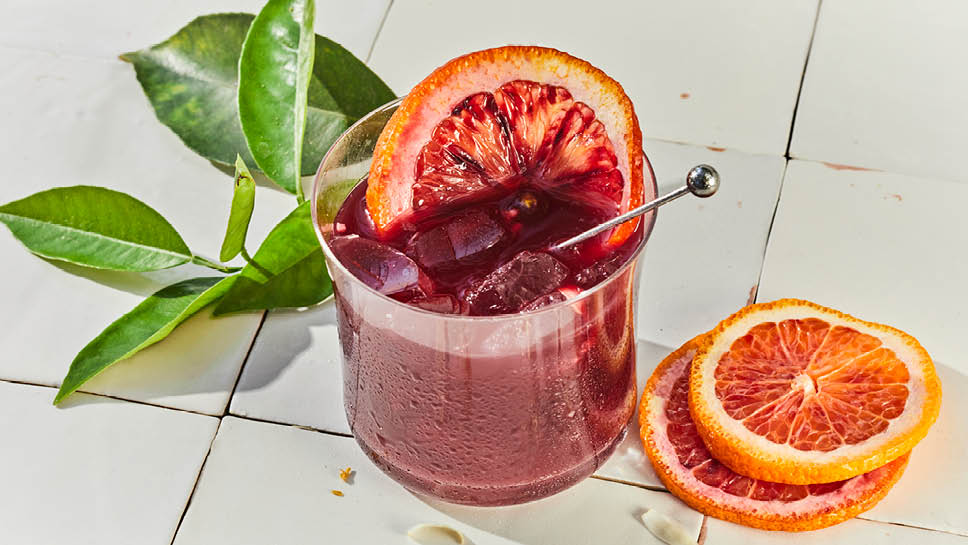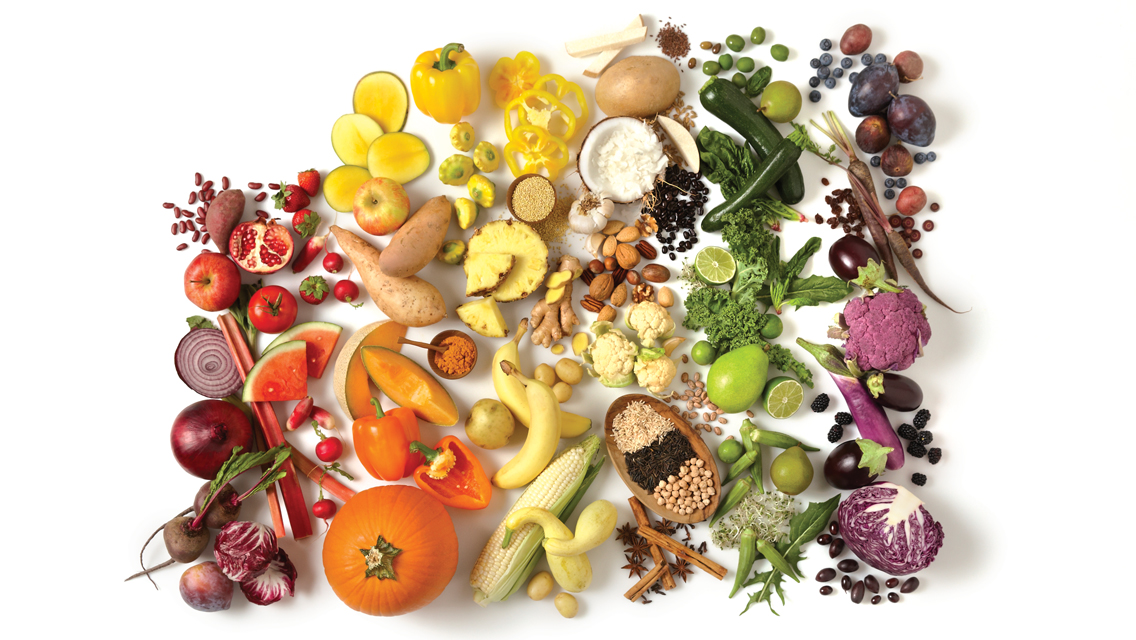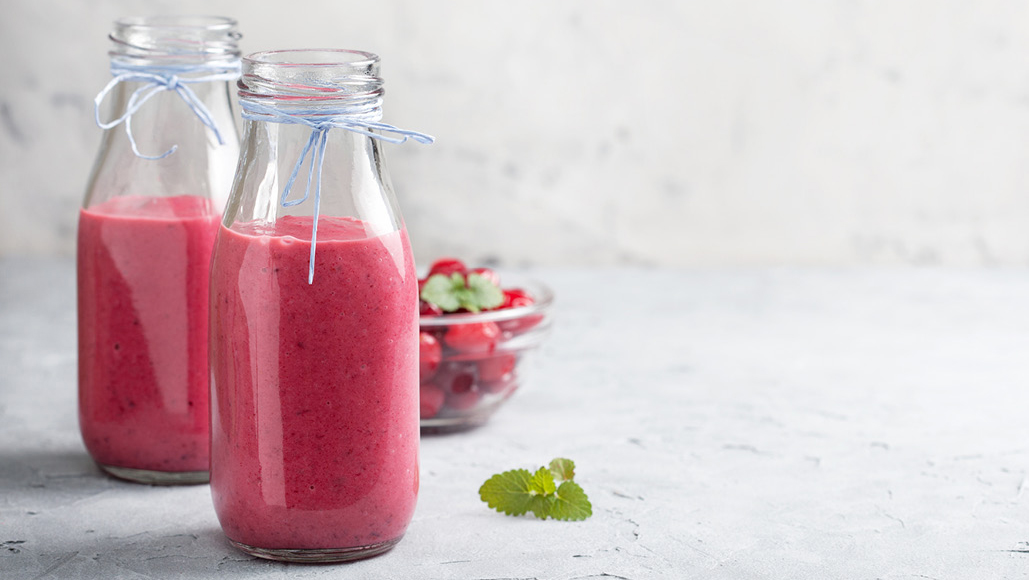Grown on vines in large, sandy bogs, cranberries are another fan favorite. The typical American consumes 2.3 pounds of cranberries each year, most of it in juice form. Only about 5 percent of cranberries produced in the United States are sold fresh; the remaining 95 percent are processed, mostly into drinks.
The cranberry’s mouth-puckering acidity rivals that of a lemon or lime, and it’s one reason they’re rarely eaten fresh and often sweetened with sugar or honey.
The gelatinous canned cranberry sauce served on millions of Thanksgiving tables was invented early in the 20th century by a cranberry farmer desperate to salvage his damaged crop. He puréed the berries, canned them, and voilà! The rest is culinary history.
Cranberries straddle two berry worlds — edible and medicinal. Along with anthocyanins, cranberries contain an antimicrobial agent called benzoic acid. In the wild, benzoic acid may protect cranberries from the moisture in their growing environment. In humans, the acid is thought to help keep bacteria from attaching to delicate tissue linings inside the human body, such as in the urinary tract.
Urinary tract infection (UTI) is among the most common types of bacterial infections. In 2021, the authors of a large meta-analysis on cranberries and UTIs concluded that regular cranberry consumption lowered UTI risk by 30 percent in people prone to the infections. And cranberry juice was 35 percent more protective against UTI than cranberry capsules or tablets.
(For more on cranberries, and how to prepare them, see “Cranberries: Recipes, Techniques, and More.”)
This was excerpted from “11 Berries to Eat and Their Health Benefits” which was published in Experience Life.





This Post Has 0 Comments